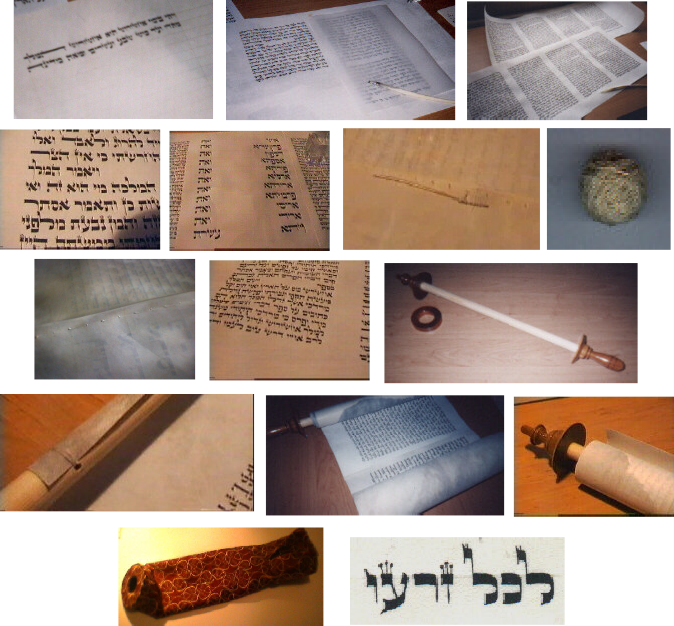- Home
- Activities
- Letters
- Diary
- Tools
- Books
- Education
- Sources
- Oddities
-
MORE
- About me
- Sefer Torah
- Tefillin
- Pittum HaKtoret
- Ketubah
- Alefbet
- Diary 1
- Diary 2
- Diary 3
- Diary 3a
- Diary 4
- Diary 5
- Diary 6
- Diary 7
- Diary 8
- Repairs
- More Repairs
- Yet More Repairs
- Diary 45
- Diary 39
- Broken Vav
- Joined Kuf
- Diary 11
- Diary 46
- Diary 47
- Siyyum
- Some siyyumim
- Diary 26
- Diary 27
- Raised vav
- Kulmus
- Giddin
- Purim shpiels
- Diary 40
- Diary 42
- Kulmus Books
- Mezuzah
- Large letters
- Diary 48
- Diary 49
- Diary 18
- Sefer Binsoa
- Dyo
- Klaf
- In the End
- Adventures in Practical Halachah
- Sefer Tagin Fragments from the Cairo Genizah
- Diary 50
- Megillat Esther
- My first megillah
- 2018 Megillah
- The E-Fuzzy
- Ketubah 2 Avielah's Gallery
- Publications and audio visual
- Old Harrys Ketubah
- Commemorative illuminations
- Diary 51
- Diary 52
My first megillah

My first megillah
This page has been 'rescued' from my previous site and so the images are very small and optimised. This is from 2002 and so isn't quite as high-tech as my activities today. It details the process and shows a video of the siyyum, which looks like it had been recorded off another screen!
The process as I recorded it many many years ago.
1. Beginning the megillah
on a clean sheet of ruled k'laf.
2. The first amud
done it is protected with a sheet of tracing paper.Starting a new sheet is always a bit daunting as you tend to get better as you write and you are always a little unsure of the quality of the k'laf
and how the quill will work with it. The k'laf
I purchased was supplied ready ruled which meant that I didn’t have to mark our the lines with my sargel
though had this is not always the case.
3. Two sheets completed . The work continues.
4. A close up of a later amud.
5. The ten sons of Haman written as a single column. This section has a number of large and small letters and the bottom vav
of vayzata
is very large, representing the tree that the ten sons were hung upon. The first megillah
took almost a year to write (mostly in the evenings). I started it the day after Purim
and finished it on the following Purim
in Harlow Synagogue.
6. For this particular megillah I used a 28 line hamelech tikkun (copyists guide) which meant 16 amudim (columns) and 4 yeriot (sheets).
6. For this particular megillah I used a 28 line hamelech tikkun (copyists guide) which meant 16 amudim (columns) and 4 yeriot (sheets).
7. The sheets therefore needed to be joined together using giddin
(animal sinew).
8. The edges are folded over and the stitching done so that it cannot be seen from the front.
9. The last amud
as you can hopefully see has a line missing (actually half a line) which will be filled in later at the siyyum
(completion ceremony)
10. The ets chayim
(roller) - only a single one for a megillah. The wooden ring will give shape to the top of the megillah
mantle. The discs are made just larger than the rolled megillah
and the length is such that about an inch is left either end of the parchment length.11. Sewing the sheets to the roller using a five times round method to hold it firmly in place.
12. Then the whole work is rolled round a few times back and forth to help the k'laf
settle into its rolled position.
13. The rolled megillah
is covered with a mantle for protection. This one was made from a very ‘persiany’ material with reds and golds.
14. At the siyyum the last words were completed. L’chol zar’o ('to all his (Mordechai’s) descendents').
14. At the siyyum the last words were completed. L’chol zar’o ('to all his (Mordechai’s) descendents').
At the siyyum
someone took a video - below is that video which i clearly voiced over at some point and optimised for my original dial up site. the quality is therefore absolutely dreadful! But at least it exists. My first (but certainly not my last) siyyum.

